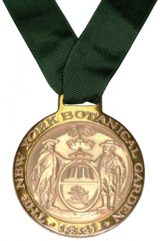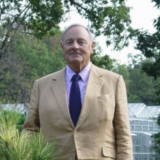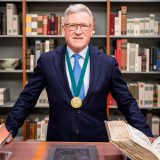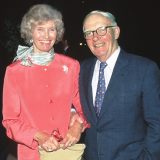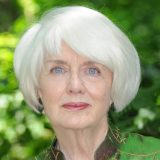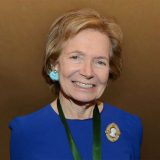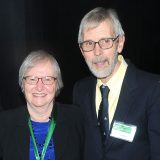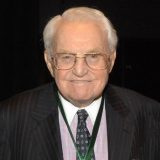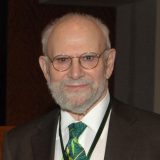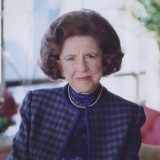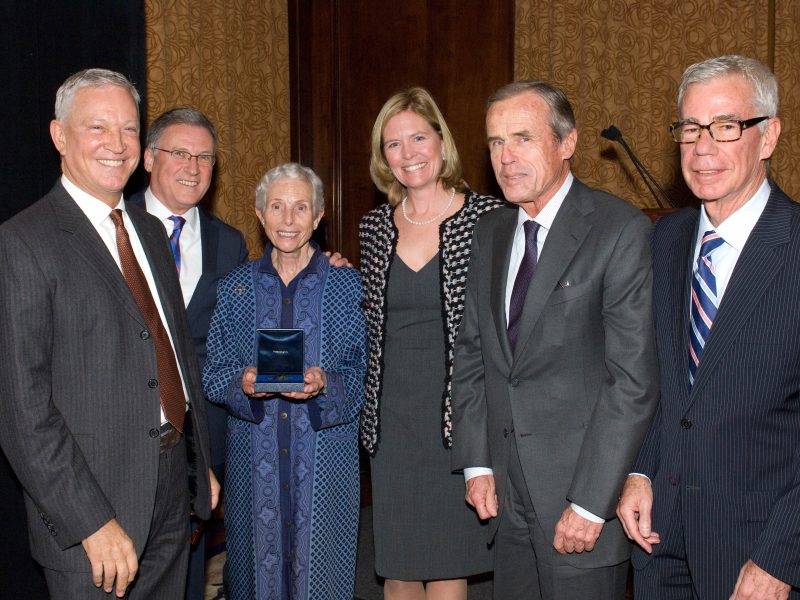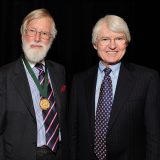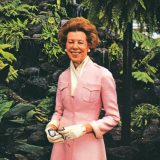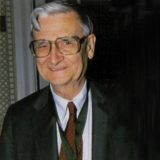2022 Wilson “Roly” Nolen, posthumously
Wilson “Roly” Nolen was honored, posthumously, with the Gold Medal in recognition of his tireless leadership, inspiring vision and dedicated philanthropy.
Roly joined the Board in 1991 and would go on to serve as Chairman of the Enid A. Haupt Conservatory, Executive, Horticulture, and Capital Construction Committees. He was an active member of NYBG’s Science Committee as well as the Investment, Budget, Audit, Education, and Library Visiting Committees.
Roly was recognized for his philanthropy as a Benefactor in Perpetuity in 2000, and was elected Board Chair that same year, serving until 2009. Under his leadership, the Botanical Garden’s infrastructure, programs, and collections management developed and prospered in many transformative ways, including the creation of the Capital Projects Underwriting Fund, the restoration of the LuEsther T. Mertz Library, and the completion of the William and Lynda Steere Herbarium. A leadership gift from Roly and his wife, Eliot, made possible the construction of the state-of-the-art Nolen Greenhouses for Living Collections, which opened in 2005.
The Gold Medal was accepted by his son Malcolm, who also served NYBG as a Trustee, at the 131st Annual Meetings of the Corporation and Board in 2022.
“Of all the successes that the Garden has attained during these years, putting the gardens, collections, and exhibitions in the front rank of the horticulture at the world’s public gardens is an exhilarating feeling and tremendous achievement by the Garden’s talented, creative, hard-working people.” – Wilson “Roly” Nolen

